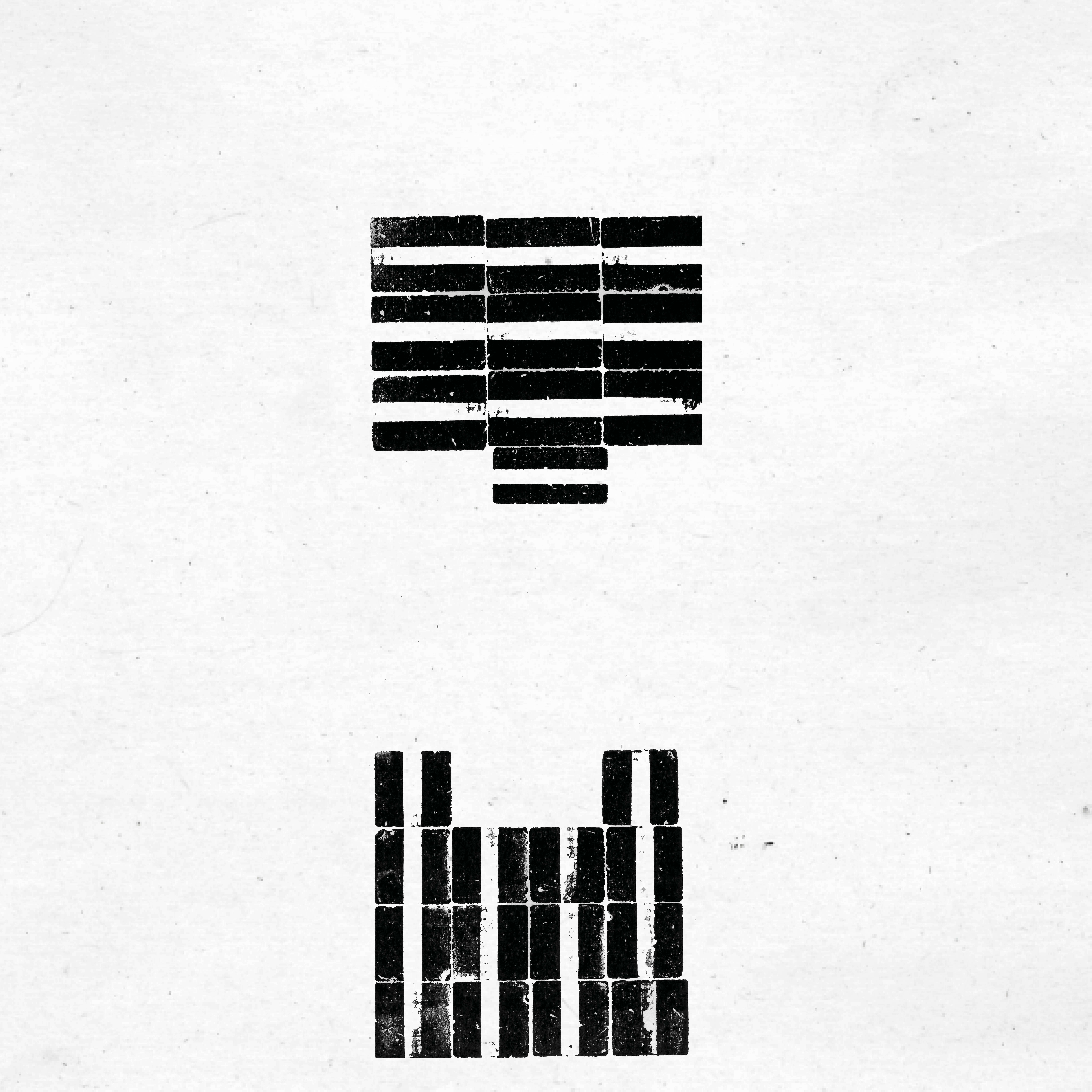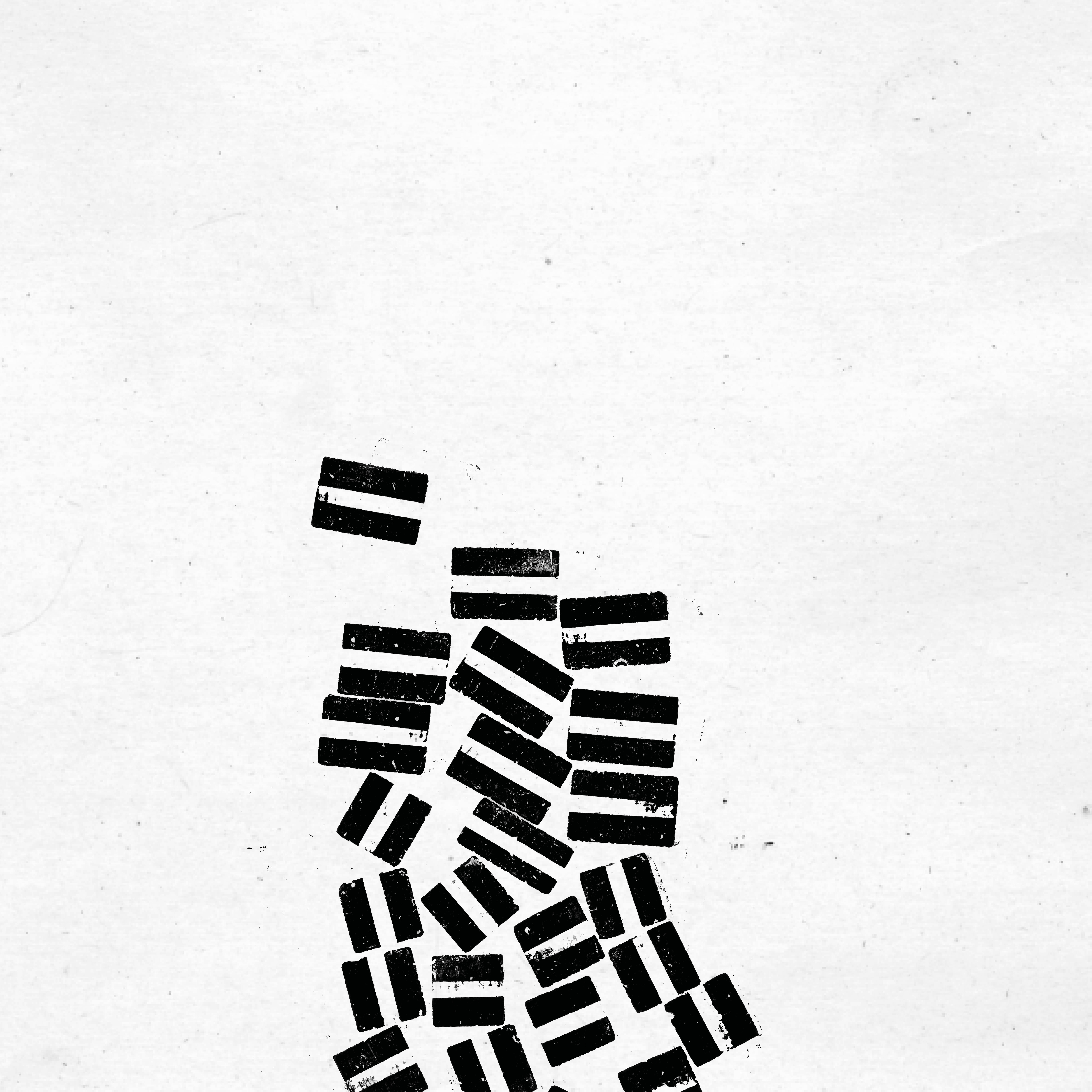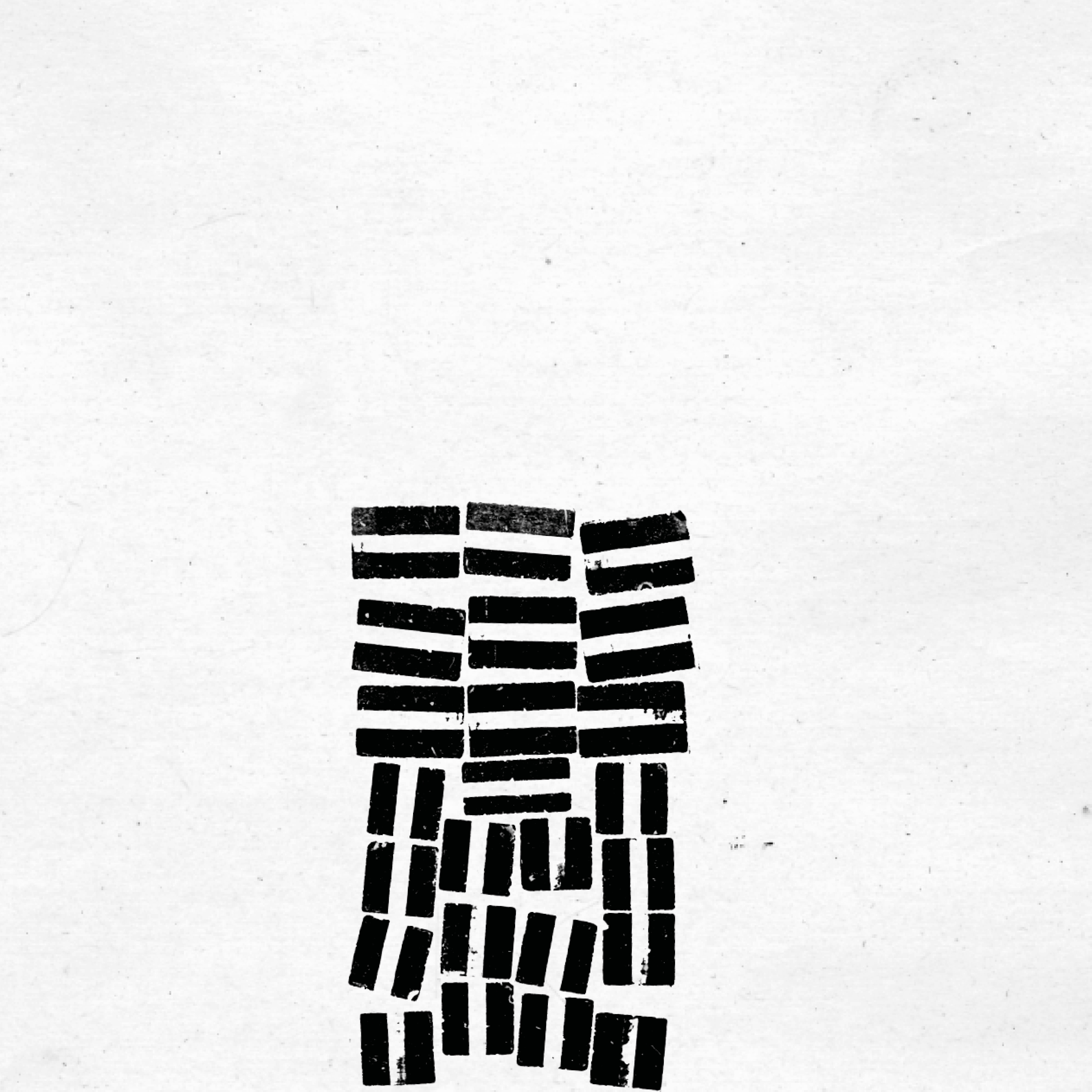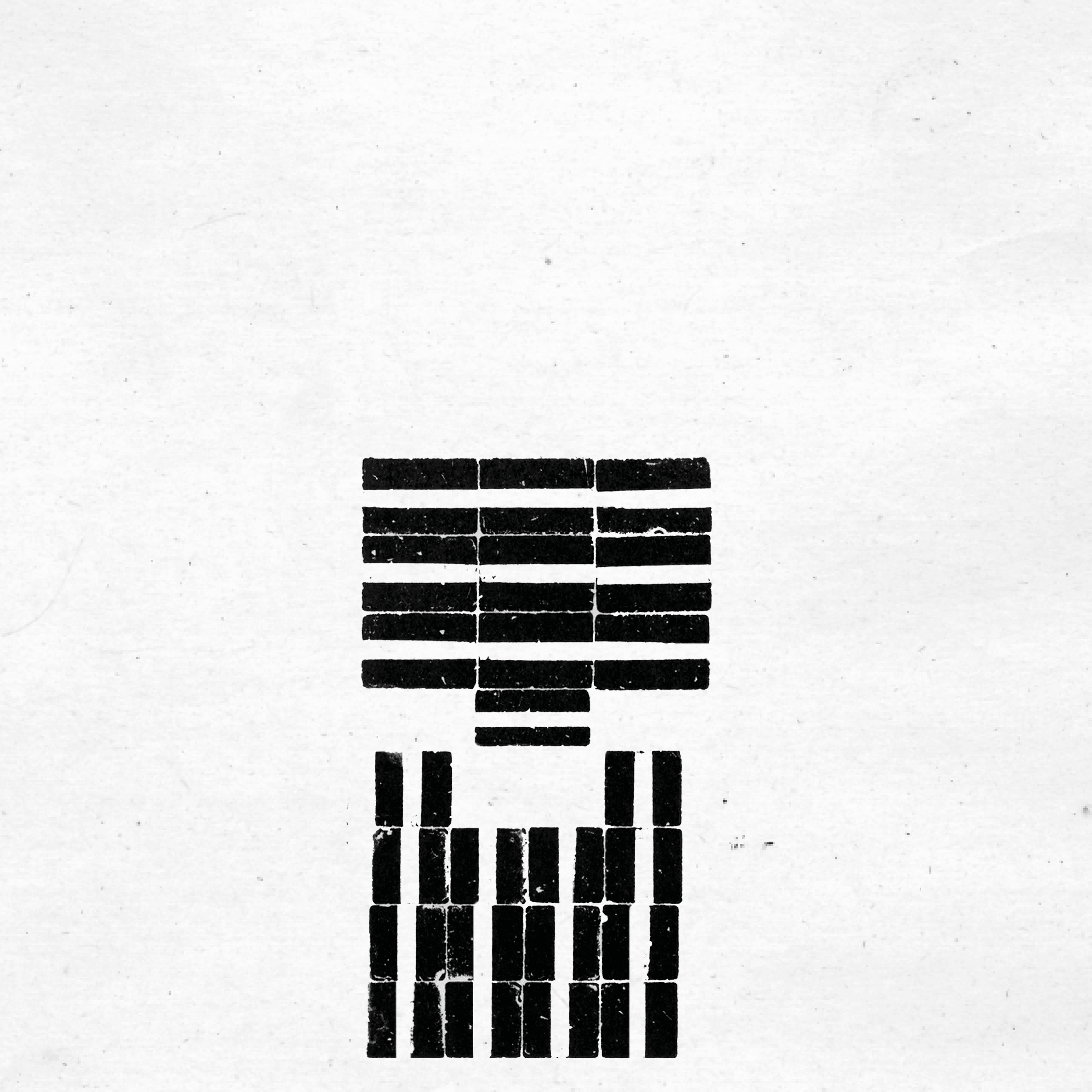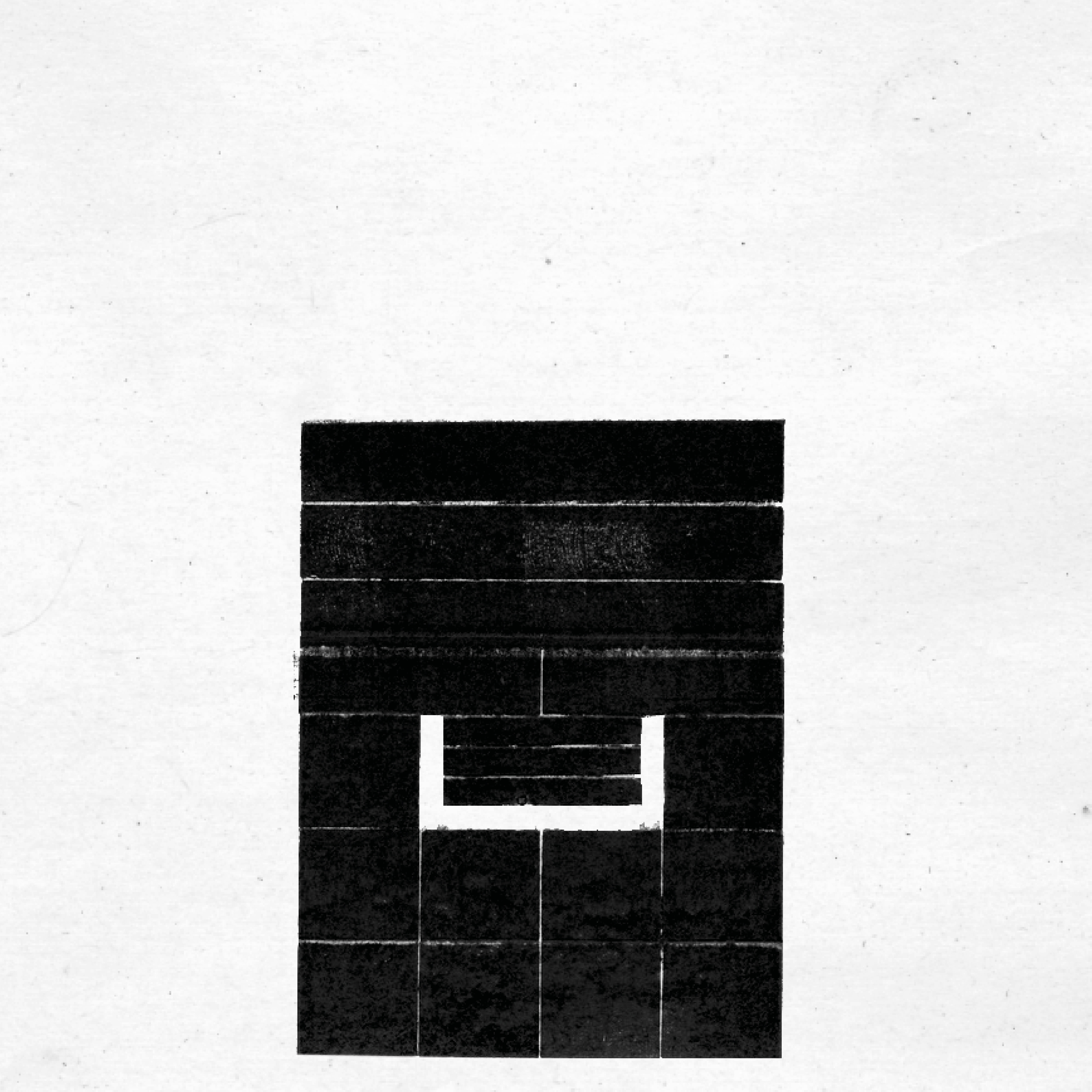Cortisol
2023








‘Cortisol’ is a conceptual and formal exploration of the biological human stress response,
using printmaking processes to visualise the mechanical workings of the brain and body.
Using analogue-based production methods, this body of work intends to experiment
with the visual properties of screen printing, depicting the internal organs, structures and pathways
involved in the fight-or- flight response.
Through the act of screen printing, this project further investigates the abstract relationship
between the functional, evolutionary processes that occur within the body and the industrial printing machine.
The making of print is a very human activity, necessitating the engagement with a technical
and material language, often used as a tool for the dissemination of information. By using this method of production,
I intend to utilise the visceral and direct qualities of the printed image to reveal the
physiological, invisible and instinctive reactions that occur under conditions of perceived stress.
Typeface: Garamond Regular and Italic
Printed on Munken 90gsm Pure Smooth Cream
Softback cover using Munken 300gsm Pure Rough Cream (letterpressed title)
encased in a translucent Vellum dust jacket.
220 x 297mm
53 pages
French Folded
Silk-Screen Printing

A1 screenprints of microscopic histology images of the hypothalamus,
pituitary gland and the adrenal gland.
665 x 970 mm (Prints)
Silk-screen printed
300gsm Canaletto
3m Span

Screenprinting experiments using different amounts of pressure on the
squeedgee and amounts of ink within the printing process.
Varying sizes
Silk-screen printed
80gsm Newsprint
3m Span






Letterpress
Most hormones circulate in blood, coming into contact with essentially all cells.
However, a given hormone usually affects only a limited number of cells, which are called
target cells. A target cell responds to a hormone because it bears receptors for the hormone...
Hormones are recognised by their target receptors in a “lock and key” system.
Each hormone (key) fits exactly into its receptor (lock). Only those parts of the body
that have the receptor (lock) can respond to the hormone (key). This is why hormones affect
some parts of the body, but have no effect on others. In very basic terms, binding
of hormone to receptor triggers a cascade of reactions within the cell that affects function.
